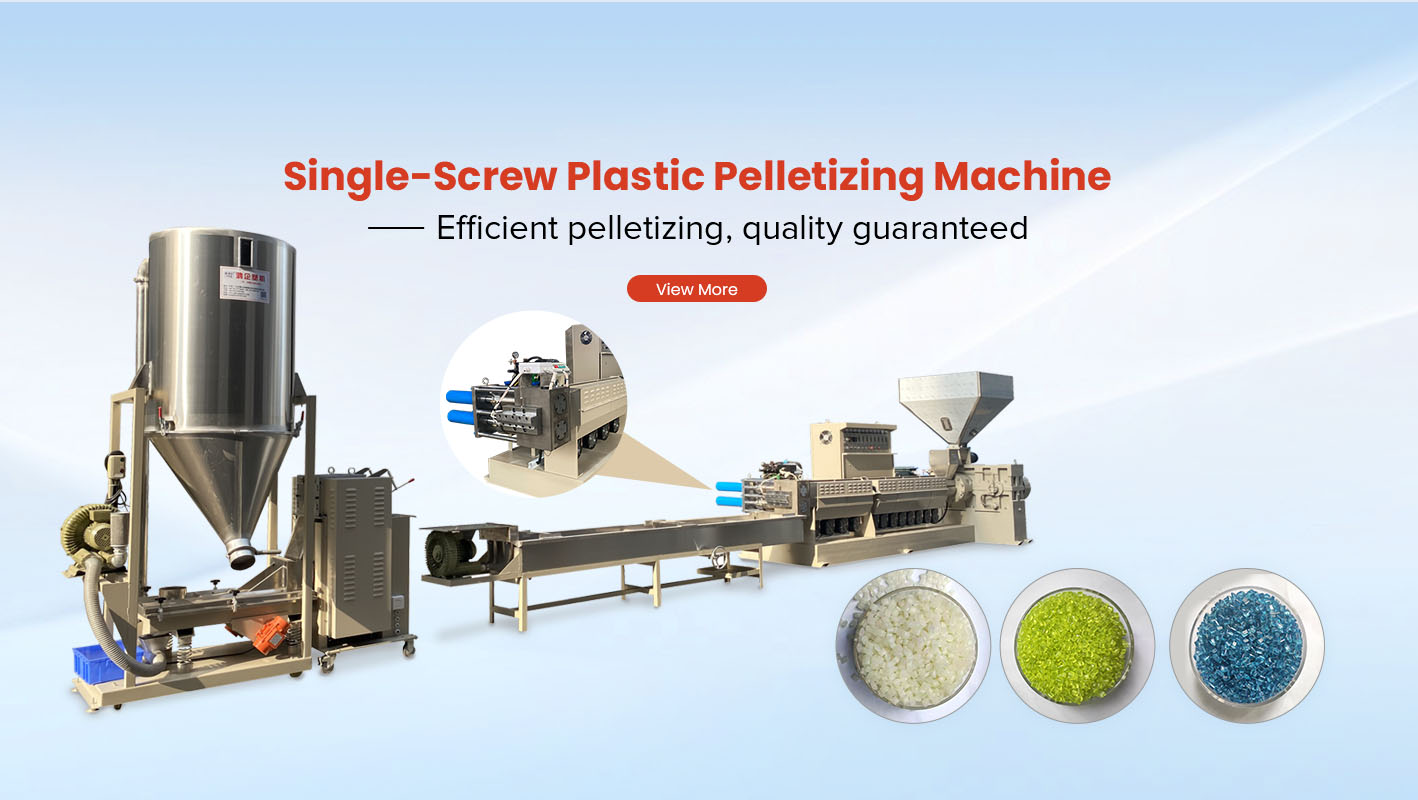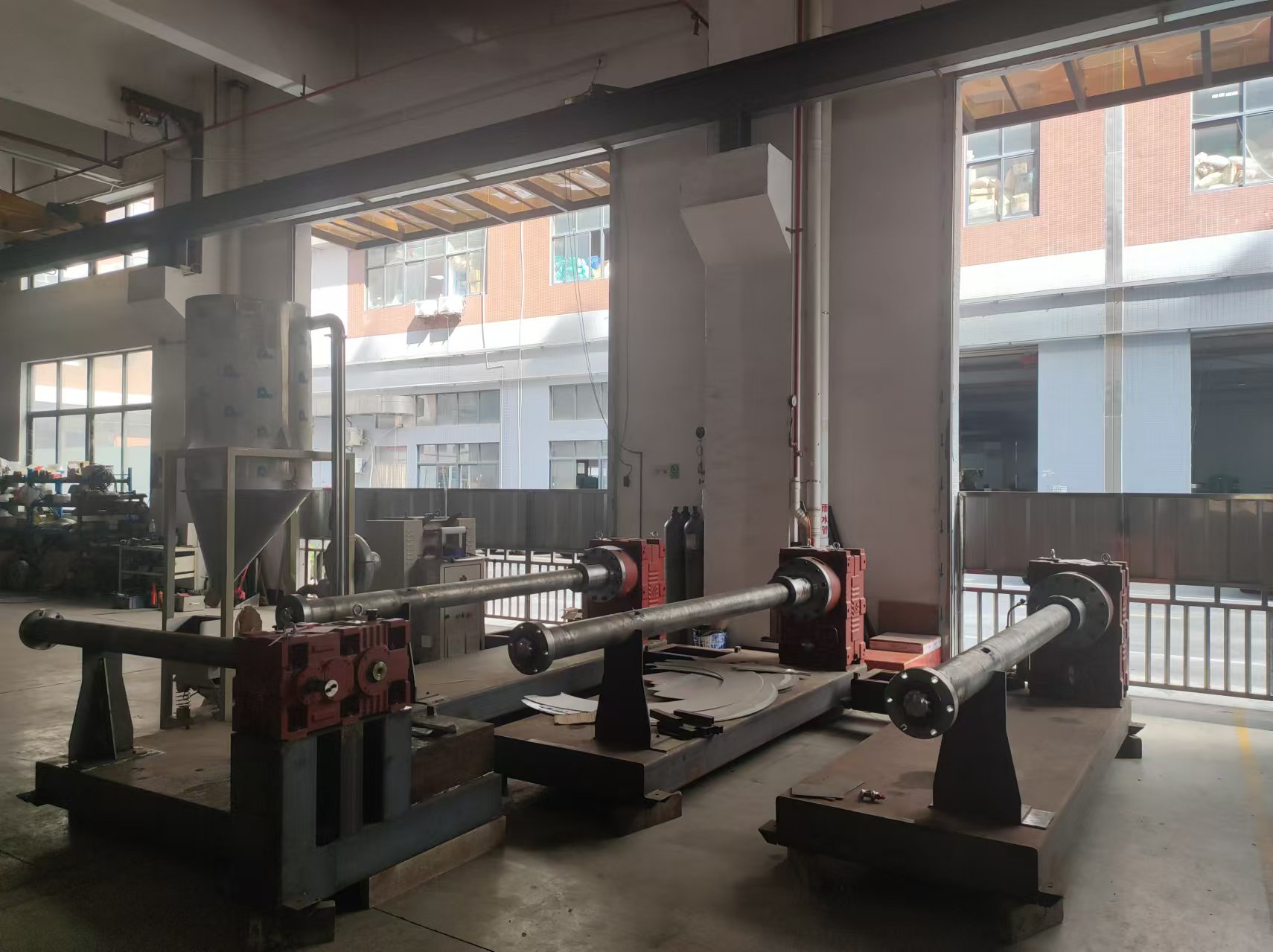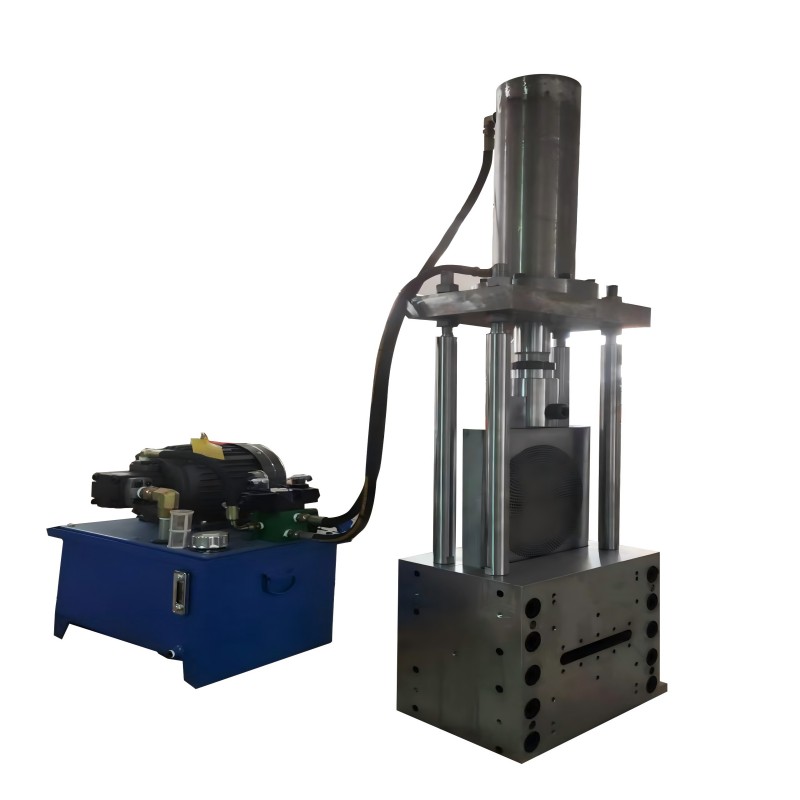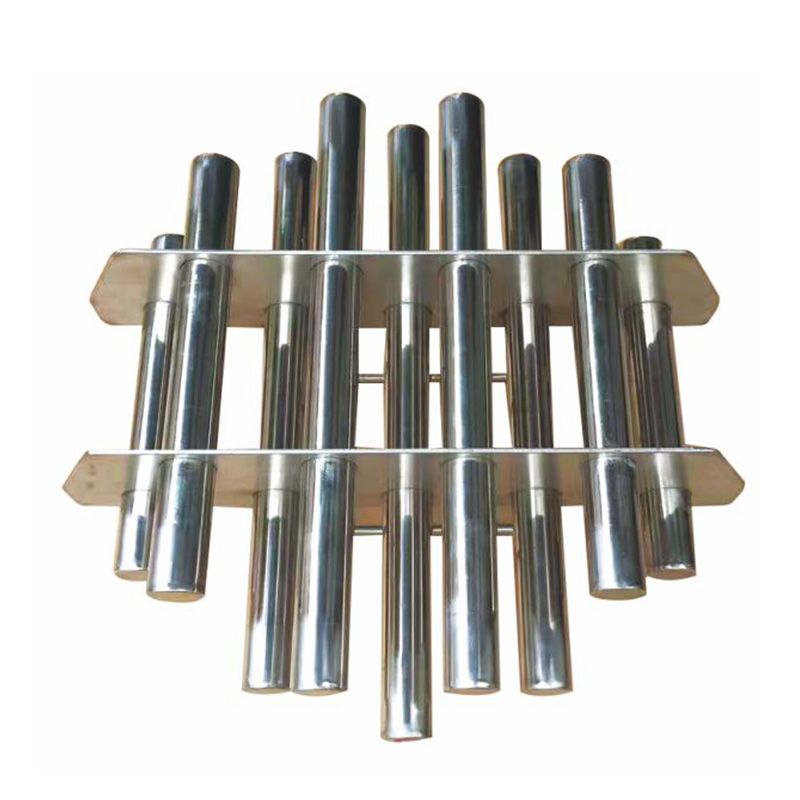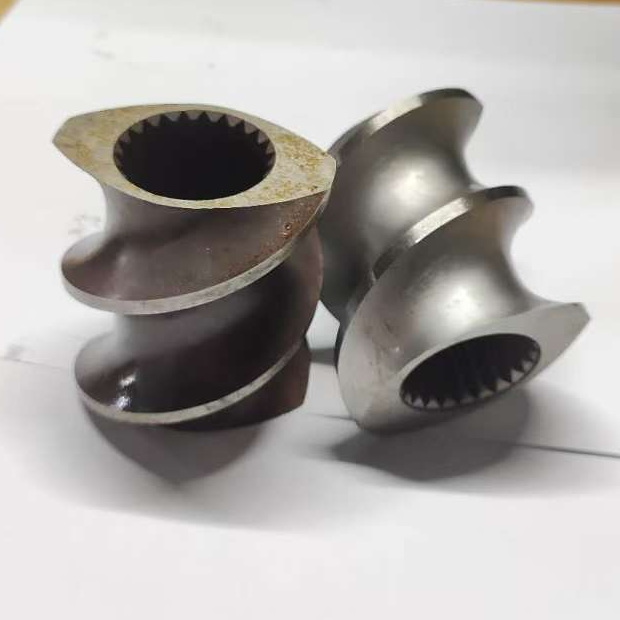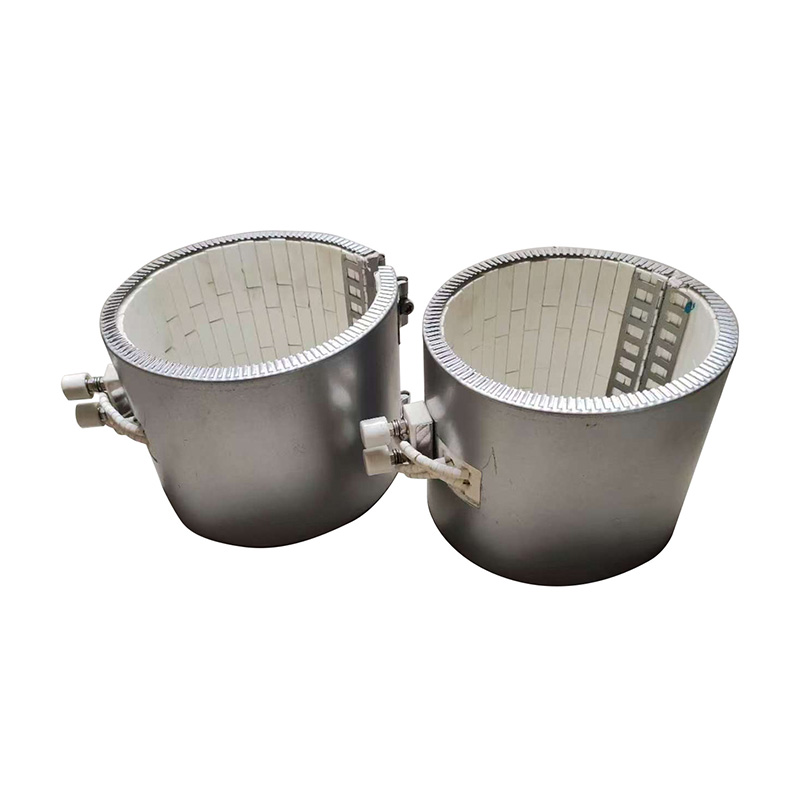Ceramic Band Heater
- Product Information
Ceramic Band Heater is an electric heating element used for industrial heating, usually designed as a ring or band structure, used to heat cylindrical surfaces such as pipes, barrels or molds. Its core is composed of ceramic insulation material and nickel-chromium resistance wire, which can efficiently convert electrical energy into thermal energy and evenly transfer heat to the heated object by conduction and radiation.
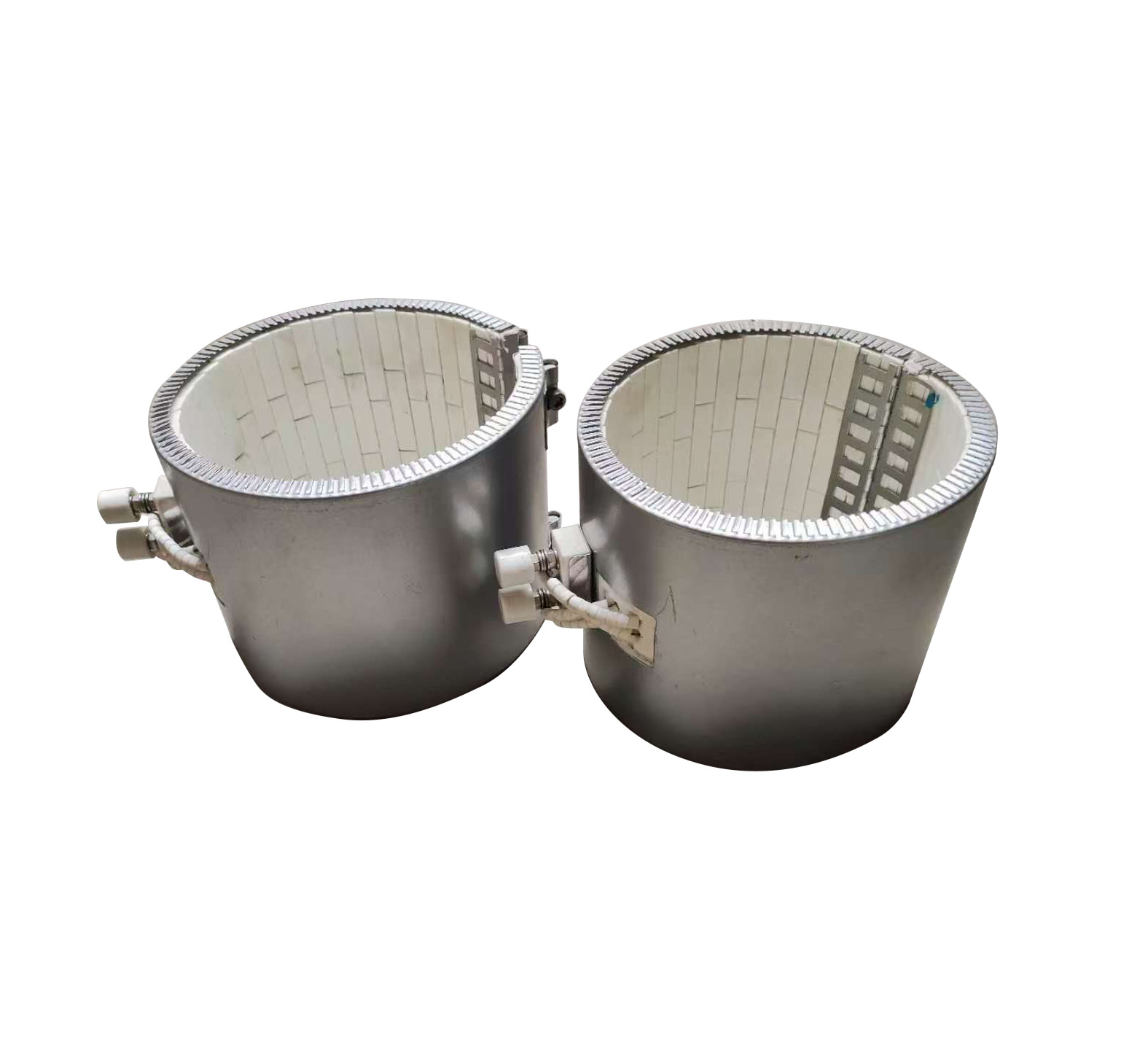
Ceramic Band Heater Features:
Efficient heat transfer: The ceramic material of the Ceramic Band Heater has excellent thermal conductivity, which can quickly convert electrical energy into thermal energy and transfer it evenly to the heated object.
Uniform heat distribution: The ceramic heater design ensures that heat is evenly distributed and avoids local overheating, thereby improving heating efficiency and product quality.
Versatility: The Ceramic Band Heater can adapt to cylindrical objects of different sizes and shapes and is suitable for a variety of industrial applications such as plastic processing, food processing and laboratory equipment.
Durable and reliable: The ceramic material has high temperature stability and corrosion resistance, which can operate for a long time in harsh environments and extend the service life of the equipment.
Quick response: The heater has fast heating and cooling times and can quickly adjust the temperature according to demand, which is particularly suitable for processes that require frequent starting and stopping.
Energy-saving design: The thermal insulation properties of ceramic materials reduce heat loss, reduce energy consumption, and improve energy utilization efficiency.
Application Areas of the Ceramic Band Heater:
Plastic Processing: Ceramic Band Heater can be used to heat the barrel, nozzle and mold of the injection molding machine to ensure that the plastic maintains the appropriate temperature during processing, improve product quality and production efficiency.
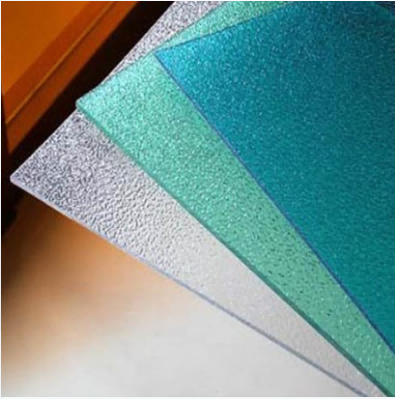
Food Processing Industry: Used for heating and heat preservation equipment, such as ovens, hot air circulation systems, etc., to ensure that food is evenly heated during processing while maintaining good taste and flavor.
Laboratory Equipment: Used to heat experimental equipment such as reaction vessels and drying ovens, providing precise temperature control to meet the laboratory's requirements for high temperature and precise temperature.
Aerospace: Used to heat various components and systems of spacecraft to ensure the stability and safety of equipment under extreme conditions.
Packaging Industry: Used for heating needs of packaging machinery, such as heat sealing devices and molding molds, to ensure uniform heating and high-quality sealing of packaging materials.
Chemical Processing: Used to heat pipes and containers of chemical equipment to ensure that chemical reactions are carried out at the appropriate temperature while preventing heat loss.
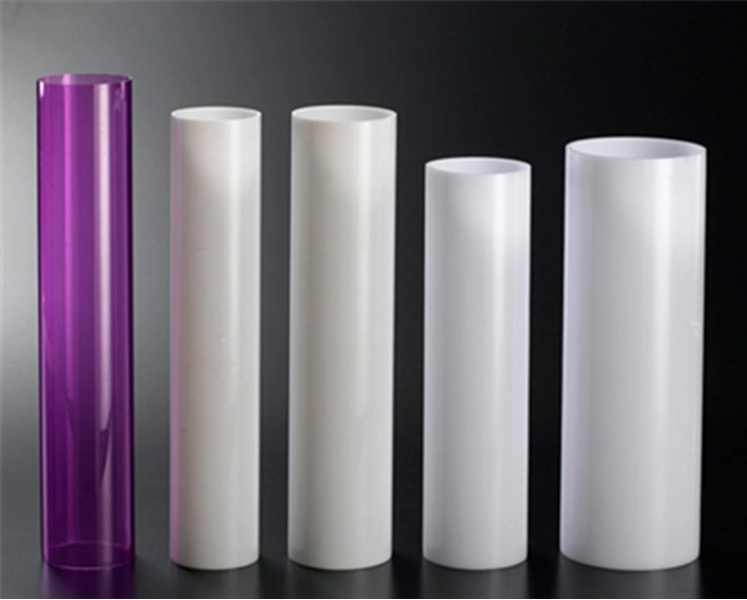
Ceramic Band Heater FAQ:
What is the temperature range of a Ceramic Band Heater?
The temperature range of a Ceramic Band Heater typically spans from 100°C to over 400°C, depending on the application. It allows precise control for both low- and high-temperature operations, ensuring optimal performance in industries like plastics and electronics.
How do you install a Ceramic Band Heater?
Installing a Ceramic Band Heater involves securing it to the heating surface using screws or clamps. The connection should be tight to ensure even heat transfer. It’s then connected to an electrical power source, and the temperature is controlled through an integrated thermostat.
Can Ceramic Band Heaters be customized?
Yes, Ceramic Band Heaters can be customized in terms of size, shape, and power output to meet specific application requirements. Industries with unique heating needs, such as specialized mold heating or industrial ovens, often require tailor-made heating rings for optimal performance.
What safety features do Ceramic Band Heaters offer?
Ceramic Band Heaters often come with safety features like overheat protection and thermal cut-off switches. These features help prevent overheating and ensure safe operation, particularly in high-temperature environments or applications requiring long periods of continuous use.

